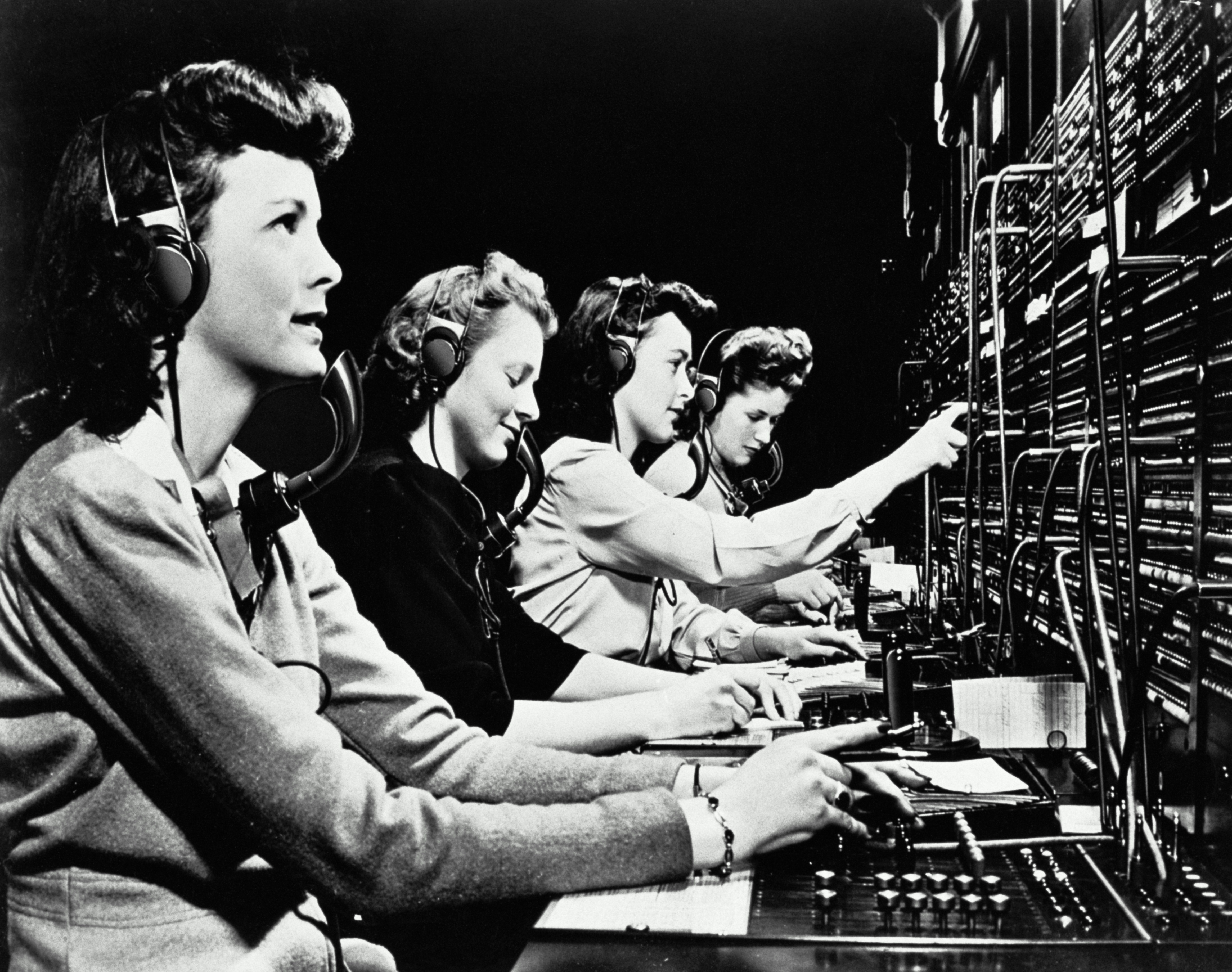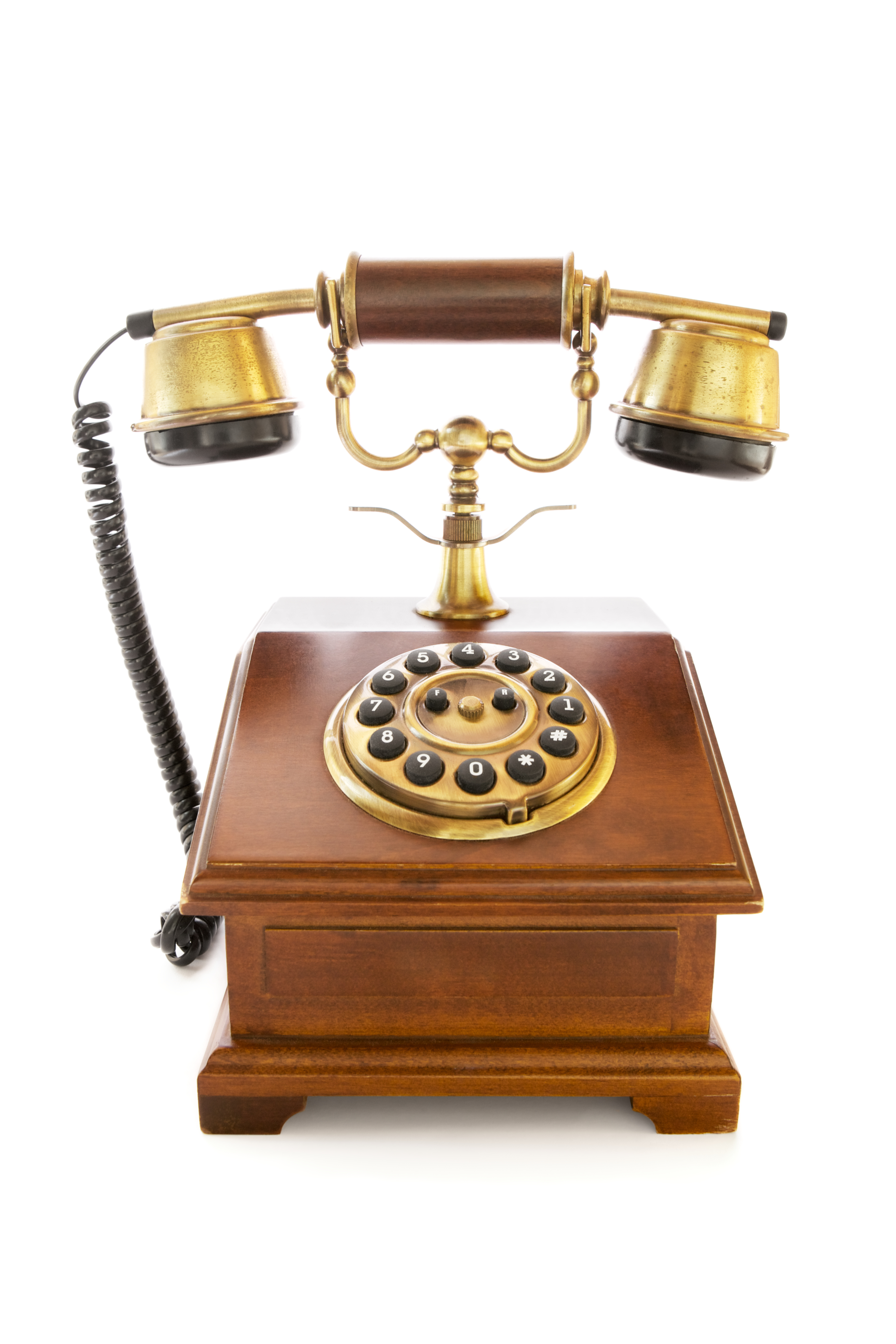
It is well known that in Mexico we answer a phone call with a “good?” , but this custom dates back to the beginning of the twentieth century with the origin of telephone service in the country, when manual telephone exchanges were still needed; which were mainly women who were responsible for connecting the call of two people through a cable.
This breakthrough came with the Porfiriato (1876-1911). Although the first telephone calls were made in the country in 1878, contracts were also made with Díaz with companies that would now be trained in Telefonos de México (Telmex), which allowed private telephones to be installed; on September 16 of that same year the first private telephone line was installed. between the National Palace and Chapultepec Castle where Díaz was on one side of the line.
Little by little, this new technology began to expand, first in Mexico City and then move to other states, the number of people using the telephone was too much that a monthly directory had to be created indicating the number of the person being tried to reach, for example President Porfirio Diaz was 64.

It was here that the work of the switchboards came in, which were responsible for joining two users by means of an operator that linked them with a cable and two pins. The person seeking to communicate had to give the name and number of whom he was trying to talk to and the operator linked them.
But in order to know that the call connection had been a success, the telephone operators asked “is the link good?”. But the question grew shorter because it was an immediate and heavy job, because it was a great stress to answer all the calls. As users knew what they meant by a simple good? This response was used in response to a call that is still used in our country today.
Telephone exchanges and early telephones were powered by electricity generated by a battery that rubbed two magnets and was operated by turning a hand crank. In 1911, the Ericsson company built telephone lines in Tlalnepantla and Cuautitlán, and steel poles measuring between 20 and 24 meters were imported from Germany to install them in the Roma and Juárez colonies.

It is also known that the work was not easy, since the regulations required operators to wear white blouses and black skirts, most of them were teenagers and in addition to the fact that there was a director who supervised all incoming and outgoing calls. They were even forbidden to have contact with people of the other sex and received fines for delays.
According to author Armando Martin Ibarra López, by the time the Mexican Revolution broke out, approximately 16,000 telephone sets were installed in Mexico, of which 8,500 were in the city. While by the end of the twenties there were approximately 29 thousand telephones.
The telephone was undoubtedly an instrument that allowed people to connect, but it also influenced politics; because it was through this instrument that Madero was informed that General Bernardo Reyes was heading with troops towards the National Palace.
In 1927 President Plutarco Elías Calles called US President Calvin Coolidge to inaugurate the international telephone service.
KEEP READING:
Últimas Noticias
Debanhi Escobar: they secured the motel where she was found lifeless in a cistern
Members of the Specialized Prosecutor's Office in Nuevo León secured the Nueva Castilla Motel as part of the investigations into the case

The oldest person in the world died at the age of 119
Kane Tanaka lived in Japan. She was born six months earlier than George Orwell, the same year that the Wright brothers first flew, and Marie Curie became the first woman to win a Nobel Prize

Macabre find in CDMX: they left a body bagged and tied in a taxi
The body was left in the back seats of the car. It was covered with black bags and tied with industrial tape
The eagles of America will face Manchester City in a duel of legends. Here are the details
The top Mexican football champion will play a match with Pep Guardiola's squad in the Lone Star Cup

Why is it good to bring dogs out to know the world when they are puppies
A so-called protection against the spread of diseases threatens the integral development of dogs




